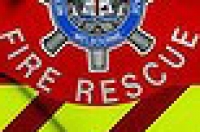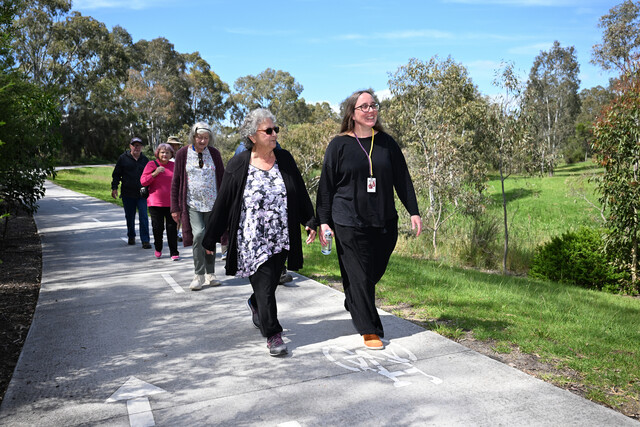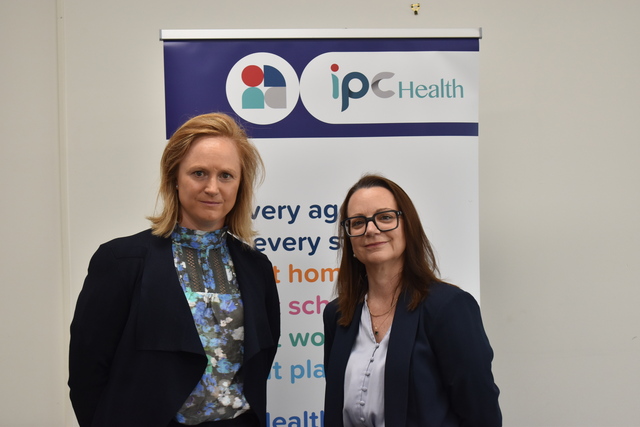Fireys from Sunshine, Deer Park and St Albans turned up to almost 500 medical emergencies last year, sometimes beating Ambulance Victoria paramedics to the scene.
MFB firefighters are dispatched to emergency medical response (EMR) calls at the same time as ambulance crews to attend situations such as cardiac arrests and non-breathing patients.
The number of EMR calls received across Brimbank’s five fire stations has jumped by 22 per cent since 2013 – up from 402 calls to 493. The figure is one of the highest in the state and, according to western district commander David Woods, is due to geographic and demographic factors.
“Brimbank is a big area with a huge spread,” he said.
“Our stations are evenly distributed and we have a response time of seven and a half minutes, which is pretty quick.
“When we attend first, it helps ease the burden on ambulance officers.”
He said Brimbank’s ageing demographic was a possible explanation for the number of call-outs.
“They’re more prone to heart attacks,” he said, adding that there was also “a huge number” of young families with small children.
Mr Woods said that despite the MFB saving about 200 lives since its medical service began 15 years ago, many people were still unaware of it.
“Often when we turn up people seem shocked and say, ‘I wasn’t after a fire truck, I called for an ambulance’,” he said.
“We are fully equipped and carry defibrillators and oxygen to at least get the process of saving a life started before the ambulance arrives.”
MFB chief officer Peter Rau said it was important to make sure the “chain of survival” was not delayed.
“When a person is experiencing cardiac arrest or is not breathing, the promptness of the medical response is paramount to survival,” Mr Rau said.
“Cardiac arrest survivability diminishes by 10 per cent for every minute that defibrillation is delayed.
Fire crews were there to help, he said. “Whatever you do, don’t send the firefighters away if they are trying to help.”







